Status Operating Service frequency Quad-weekly First service 1 October 1980 Stops 4 | Distance travelled 196 miles (315 km) Train number(s) 850/851 | |
 | ||
Ridership 119 per train37,249 total (FY11) End Indianapolis Union Railroad Station | ||
The Hoosier State is an Amtrak passenger train that provides service on a 196-mile (315 km) route between Chicago and Indianapolis. It runs on the four days each week that the Cardinal does not run – departing Chicago Sunday, Monday, Wednesday, and Friday, and departing Indianapolis Sunday, Tuesday, Wednesday, and Friday – giving the Chicago–Indianapolis market daily rail service.
Contents

History
Prior to Amtrak, the Chicago–Indianapolis market was served by several daily trains, the Pennsylvania Railroad's South Wind and Kentuckian, and the New York Central's James Whitcomb Riley, Indianapolis Special, and Sycamore. With the creation of Amtrak, riders between the Hoosier State's capital and the Windy City were served by the South Wind and the George Washington/James Whitcomb Riley. However, with Penn Central's financial instability, track maintenance was rare, and Amtrak shifted both trains to other routes through Indiana, leaving Indianapolis to be served only by the National Limited, which ran between New York and Kansas City.
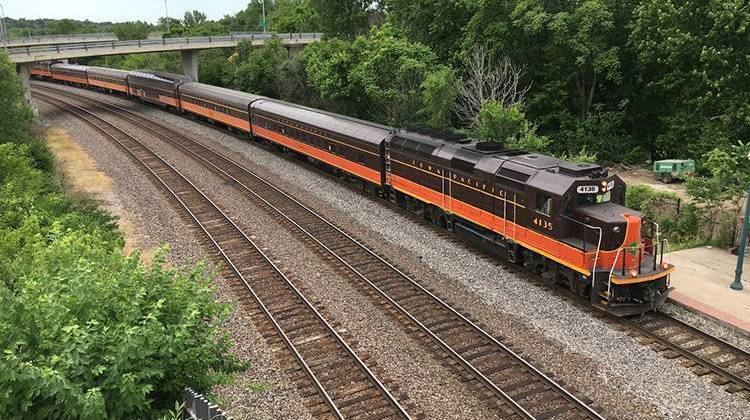
The National Limited's discontinuance in 1979 severed Indianapolis from the national rail network, and isolated Amtrak's Beech Grove Shops in the Indianapolis suburb of Beech Grove. The passenger carrier had been using the National Limited to ferry railroad cars to and from its shops; it was forced to run special trains to Indianapolis instead.
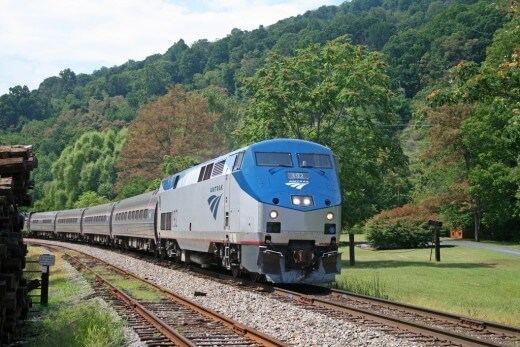
The Hoosier State entered service on October 1, 1980. On April 27, 1986, the Cardinal was rerouted to use the same tracks as the Hoosier State between Chicago and Indianapolis, and began running on days the Cardinal did not operate. The Hoosier State was restored to daily operation on a separate schedule from the Cardinal on October 25, 1987. But funding cuts led to its discontinuance on September 8, 1995 while the Cardinal continued tri-weekly operation between Chicago, Indianapolis and the East Coast. Amtrak restored the Hoosier State on July 19, 1998, as a tri-, later quad-weekly train.
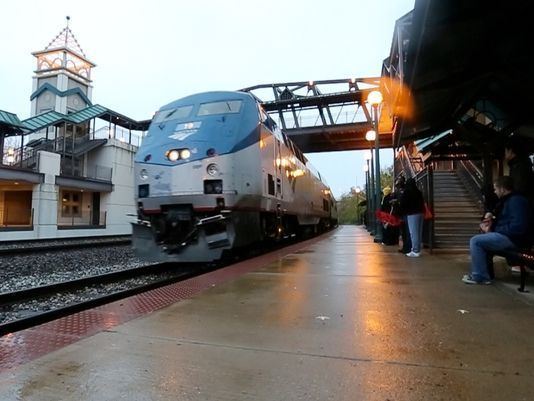
From December 17, 1999, to July 4, 2003, the Hoosier State was extended south from Indianapolis to Louisville, Kentucky, and renamed the Kentucky Cardinal. After the discontinuance of the Kentucky Cardinal, the Hoosier State returned to operating four days a week in tandem with the Cardinal.
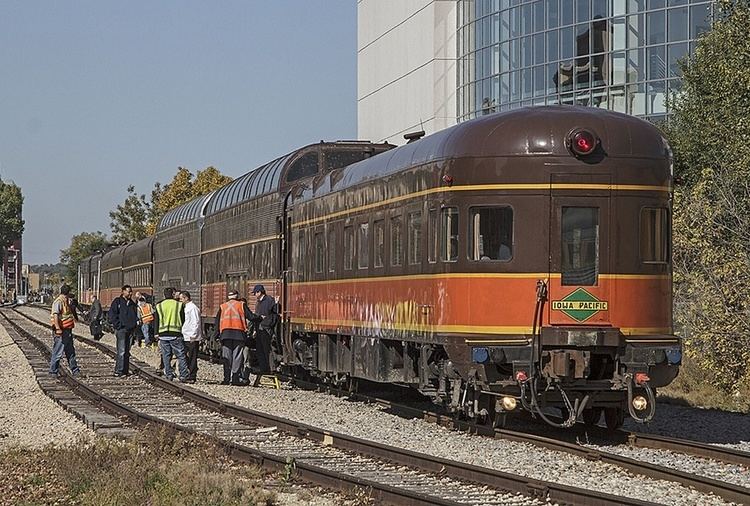
On October 16, 2008, the Passenger Rail Investment and Improvement Act (PRIIA) was signed into law, requiring states to bear the operating and capital costs of intercity rail passenger service on Amtrak routes of not more than 750 mi (1,210 km) within 5 years. At a length of 196 mi (315 km), the Hoosier State was affected by this provision of PRIIA, and the State of Indiana became responsible for funding the Hoosier State beginning on October 1, 2013.
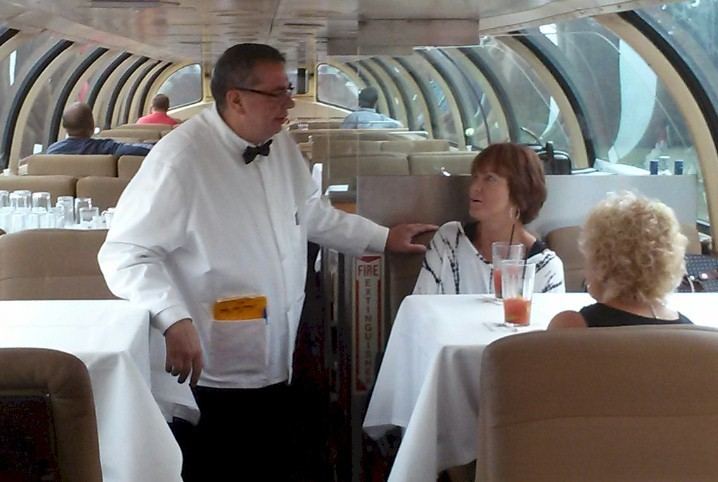
Faced with termination of a service that would have left the Chicago–Indianapolis corridor with only thrice-weekly train service, state and local officials arrived at a deal to share the US$3,000,000 annual cost of the service, becoming the last state in the nation to arrive at a deal to save its short-distance train line on October 15, 2013. Operating costs above ticket revenue continue to be covered by the Indiana Department of Transportation and communities along the route.

Indiana sought alternatives to Amtrak operation and, on June 24, 2014, selected Corridor Capitol, a Chicago-based rail passenger services development company, as its preferred vendor to manage and operate the service. Planning was underway for the company to take over the service as early as October 1, 2014. However, Corridor Capitol did not meet that deadline and Indiana Department of Transportation (INDOT) discontinued negotiations with the company in November 2014. Amtrak continued to operate the train service under short-term contract extensions while the state considers alternative vendors.
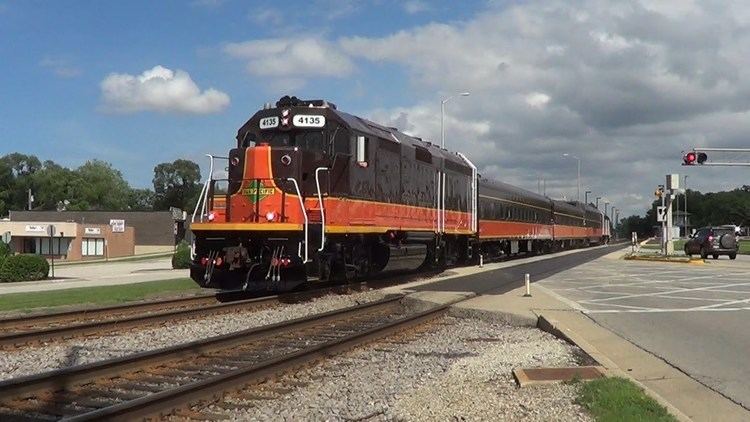
On March 6, 2015, INDOT announced that the Hoosier State would discontinue service on April 1, 2015. The decision was made due to regulations of the Federal Railroad Administration that would have required the state of Indiana to act as a rail carrier, despite the state owning no tracks or trains, which – according to INDOT – would have increased the cost to Indiana taxpayers for no additional benefit. After Indiana appealed to the FRA, the train's operation was extended to April 30, while Amtrak continued to operate the Hoosier State under a short-term agreement while negotiations continued.
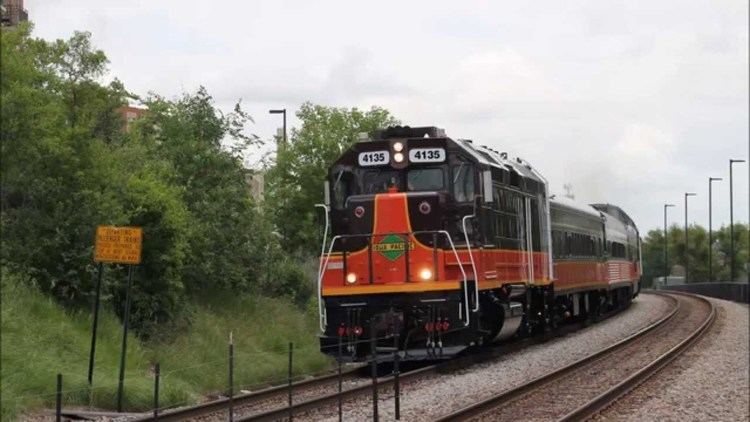
On August 2, 2015, INDOT contracted with both Iowa Pacific and Amtrak in order to continue the Hoosier State, with Iowa Pacific responsible for providing and maintaining equipment, food service, and marketing, and Amtrak responsible for providing ticketing services and train operating crews (engineers, conductors, and assistant conductors). The contract had four option years.
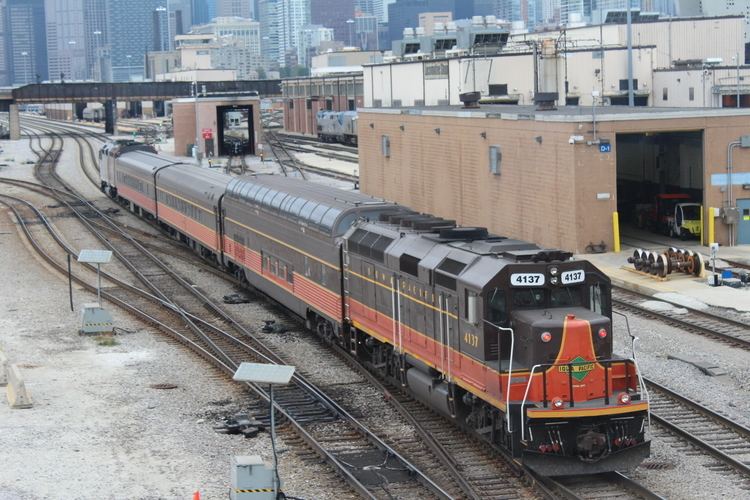
Once the service improvements instituted by Iowa Pacific took hold, including the addition of full-service dining, onboard Wi-Fi, business-class service, and a dome car, ridership began increasing and was up 5.8% in July 2016 over the previous July, with FY 2016 (October 2015–July 2016) revenues up 32.8% from the prior year.
On January 30, 2017, INDOT announced that Iowa Pacific was no longer able to fulfill the contract and had asked to be released from the contract early, prior to its original end date of June 30, 2017. As a result, the equipment and personnel provided by Iowa Pacific were withdrawn and replaced by Amtrak equipment and on-board services personnel in advance of March 1 run of the westbound train from Indianapolis.
Route details
The Hoosier State operates over Amtrak, CSX Transportation, Union Pacific Railroad, Metra, and Norfolk Southern trackage:
Train consist
The standard Hoosier State consist is two coaches (generally Amtrak's short-distance Horizon equipment) and a Horizon or Amfleet cafe car. In addition to standard food service, the cafe car allows for Business Class seating and complimentary WiFi. Motive power is commonly a General Electric Genesis P42DC locomotive. After Amtrak resumed operations in March 2017, the Great Dome car Ocean View was added.
While operated by Iowa Pacific, the train included Iowa Pacific owned ex-Atchison, Topeka and Santa Fe Railway Big Dome Summit View and three passenger cars, with power provided by a fleet of three ex-NJT GP40FH-2 diesel locomotives.
